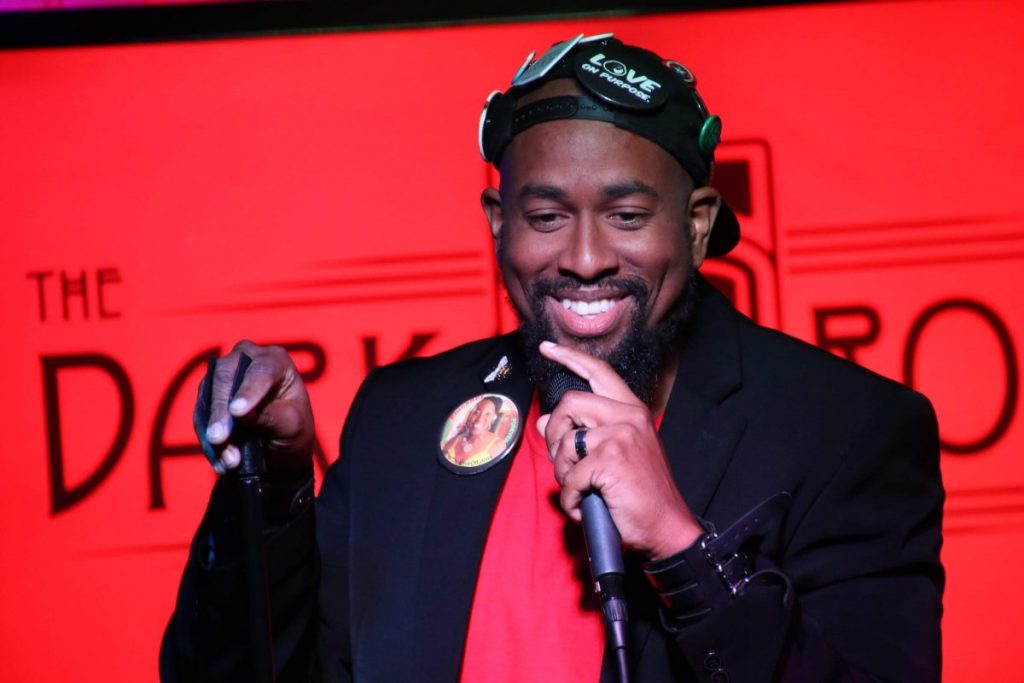
Roscoe Burnems during the taping “Traumedy: A Poetry and Comedy Special” in 2019
In early 2021, Roscoe Burnems was announced as Richmond’s first-ever poet laureate. Roscoe has been an integral member of Partners in the Arts (PIA) for many years, contributing his expertise, talent, and passions for spoken word poetry and student-centered education.
Poetry for All
Roscoe connected with Partners in the Arts in 2017 and since then, he has led workshops, contributed to in-school projects, and learned side-by-side with teachers in the Arts Integrated Learning Certificate (AILC) program. When working with educators, Roscoe shows how to integrate poetry into lesson plans across the curriculum, including Math. For example, the use of a Haiku poem (a three-line poem of 5 syllables, 7 syllables, then 5 syllables) can be used to explain and demonstrate understanding of various math concepts, including counting and order of operations. Additionally, spoken word poetry can be effective in English/Language Arts, for sounding out syllables and working on sentence structure. Roscoe has shown educators across Richmond how versatile poetry can be in the classroom.
Roscoe has also worked with teachers to integrate poetry into their teaching through History and Literature. When I spoke with Roscoe, he emphasized how poetry helps to tell a story or narrative, which can be fictional, but also factual. Throughout history, poets have been the storytellers and sharers of information. Therefore, creating poems to explain what students are learning in a social studies class is an excellent way to integrate arts into the classroom. It connects students to the histories of people and cultures both in their communities and around the world. This allows students to develop their creativity and critical thinking skills when combining at least two different subjects, history and poetry.
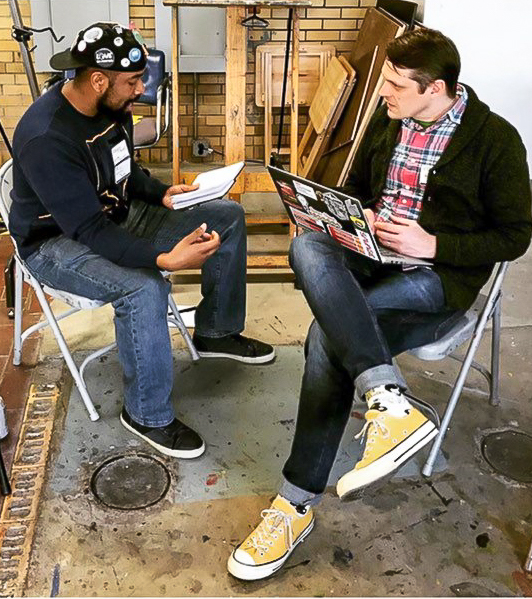
PIA teaching artists Roscoe Burnems and Phil Hilliker discuss their crafts.
Empower and Amplify Student Voice
I had the opportunity to view Roscoe’s work with teachers in the AILC cohorts from the summer of 2020. When teaching educators to integrate spoken word poetry into the classroom, he touched on several elements of the craft. After watching a video of Roscoe performing, educators discussed his body language, word choice, tone of voice, and rhythm in the performance. Each of these aspects emphasizes a different part of the poem. For example, Roscoe states that a change in tone demonstrates how you can move from one era to another (if discussing history) or body language can convey the emotion of a stanza.
Bringing poems to life through spoken word is an impactful way of integrating arts into the curriculum. This process allows for student agency and student voice to come through in a new way. It asks students to draw from what they have learned in the classroom and add their own perspectives and lived experience. Through intentional alignment, spoken word poetry deepens standards-based learning as the students are demonstrating their understanding of the material through a unique art form, poetry. Teaching through spoken word gets at the heart of PIA’s work: to integrate student community and culture into the classroom through the arts. In 2021, Roscoe partnered with Richmond Public Schools teachers on the science- and activism-focused Insectageddon project.
Learn more about Roscoe and his work with PIA and in the community:
- Hear Roscoe Burnems speak at TEDxRVA in “Rewriting Masculinity.”
- Watch Kieasha King, Richmond Public Schools teacher and AILC cohort member, perform her poem, “When You Know Your Name.”
- Read more about Roscoe as RVA Poet Laureate.
This is a guest post by University of Richmond senior Kat Mitchell, who spent a semester with Partners in the Arts through an independent study and internship. Kat studied Leadership and Education & Society, and is passionate about equity in education and advancing knowledge of the world around us.
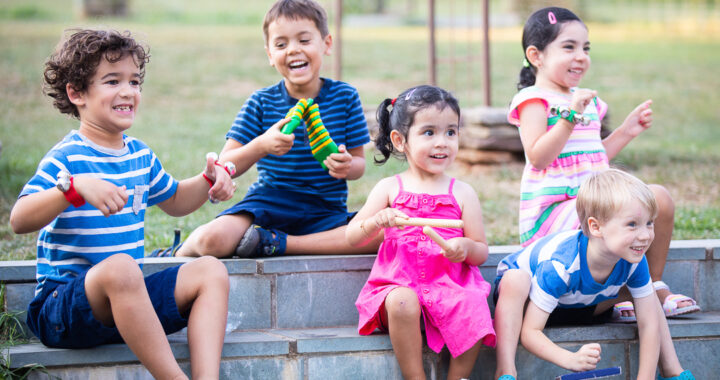
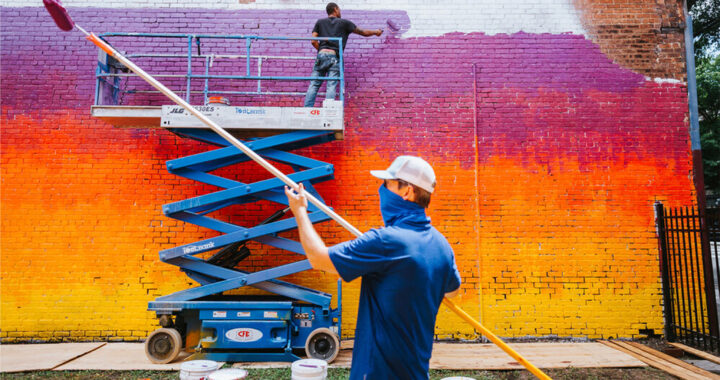
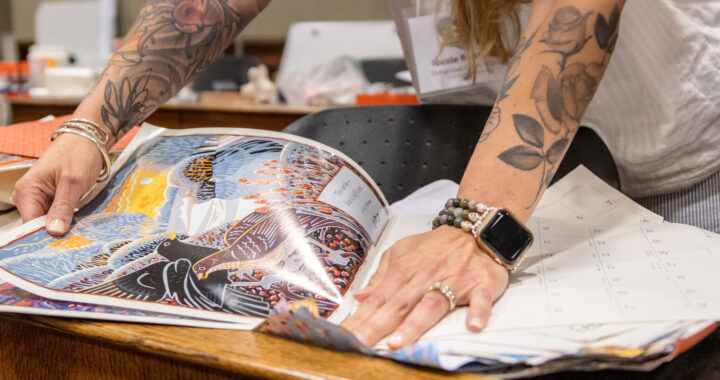
Wow, Kat. This is wonderful. I learned so much from your post.
Onward!
Jane